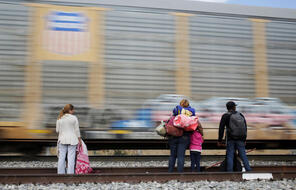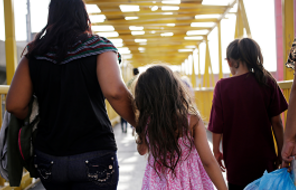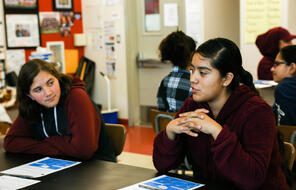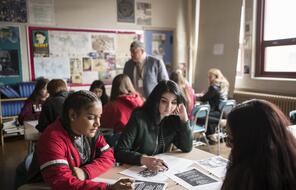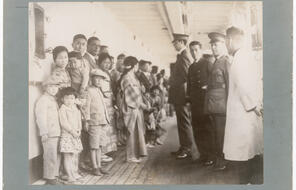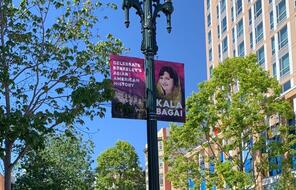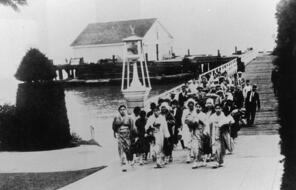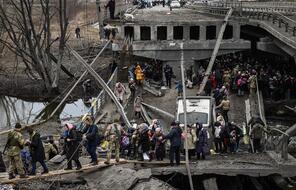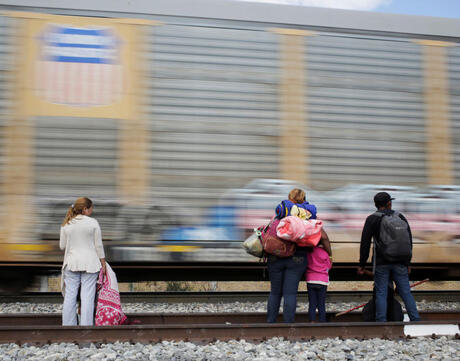
Why Do People Migrate?
Subject
- History
- Social Studies
Grade
6–12Language
English — USPublished
Updated
Overview
About This Mini-Lesson
Migration has dominated the headlines in recent years. We have followed news coverage of migration across the US–Mexico border, the refugee crisis sparked by the conflict in Syria, and migration from Venezuela to Colombia, among many other stories. The UN estimates that in 2019, 272 million people around the world migrated to a new country, while many millions more moved within their countries. We are all touched by stories of migration, whether it is our own story or that of an ancestor, family member, or friend.
In this mini-lesson, students reflect on individual stories of migration and then learn about migration from El Salvador to the United States as a means of exploring the underlying factors that drive migration.
Preparing to Teach
A Note to Teachers
Before teaching this mini-lesson, please review the following information to help guide your preparation process.
Activities
Activities
Materials and Downloads
Quick Downloads
Resources from Other Organizations
Additional Resources
Resources from Other Organizations


